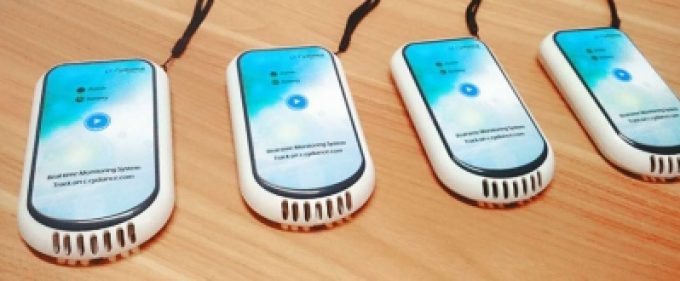Logistics errors cost pharma sector $35bn a year – smarter data could help
Logistics problems cost the pharma industry about $35bn a year – technology is viewed as ...

Shanghai-based Cydiance Technology is the latest firm to help perishables shippers monitor real-time temperature at pallet level to avoid the “black hole” of supply chain visibility.
According to Cydiance managing director Austin Gu, the weakest link in perishables supply chains is lack of visibility during transport.
“When you have ...
Keep our news independent, by supporting The Loadstar
Red Sea crisis has driven most new capacity into extended Asia-Europe trades
Carrier price hikes hold, driving spot rates higher as space gets scarcer
Crew forced to abandon ship in latest fire on vessel carrying EVs
The Loadstar Podcast | Transport Logistic and Air Cargo Europe 2025
'Now or never' for Kuehne and DHL GF to hit back at DSV
Carriers on the hunt for open tonnage again as transpacific rates soar
Explosions and 'out-of-control' fire reported on Wan Hai box ship

Comment on this article